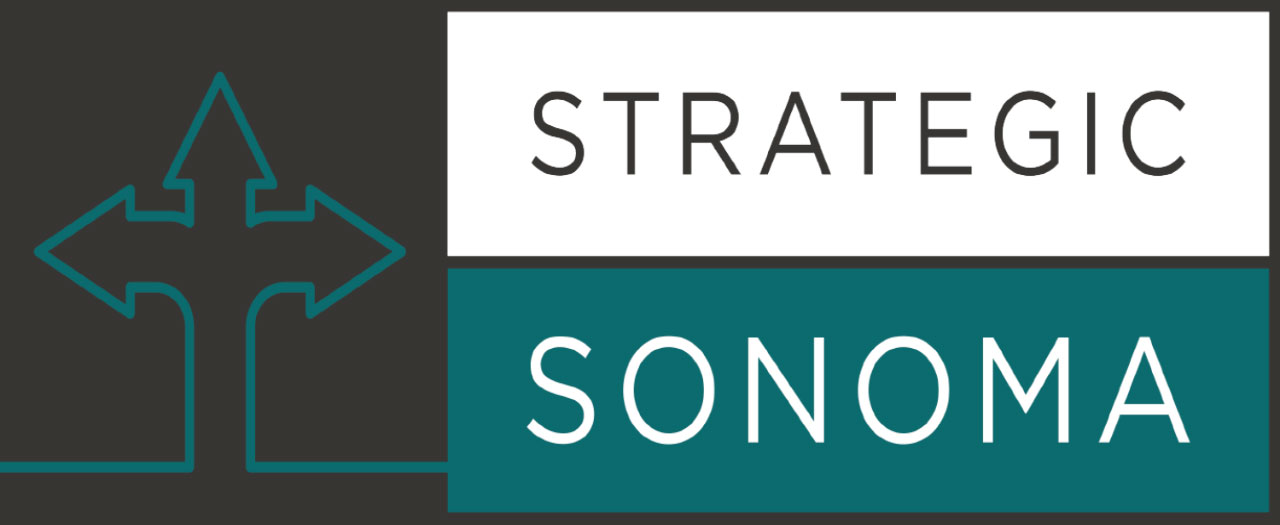Leadership & Accountability

Strategic Sonoma’s success depends on having an accountability organization that is empowered to support and report on implementation. This entity should be independent in nature so that its perspective is objective and nonpartisan.
Examples
Communities that have embraced a collective impact approach to economic development – Greater Minneapolis-St. Paul and Charleston, South Carolina, for example – have approached accountability in similar, yet scaled, ways. Greater Minneapolis formed The Itasca Project, an entirely volunteer-run, virtual organization that comprises primarily corporate executives from the region. It has no staff and volunteers meet only four to five times a year. Supported administratively by a third-party consultancy and driven by data, members of The Itasca Project establish 3-5 priorities and task forces for each. When they meet as a body, it is to report on the task forces’ progress and set new priorities as warranted. The Itasca Project regularly produces progress reports and white papers on their priority topics as well as an annual scorecard, MSP Indicators.
Charleston, South Carolina, completed its “One Region” five-year economic development strategy in 2016. Because One Region includes topics like housing affordability, transportation, and economic inclusion alongside more standard economic development activities, the community rallied behind a collective impact approach to implementation. To oversee and support implementation, the Charleston Regional Development Alliance (CRDA) and partner Metro Charleston Chamber of Commerce invited 12 community leaders representing the priorities of One Region to form a One Region Executive Committee. In addition, they raised funds to hire a full-time One Region Director responsible for supporting the Executive Committee and project teams. The Executive Committee establishes annual priority projects, draws in volunteers to serve on project teams, and meets regularly to report progress. The One Region Director provides hands-on assistance to project teams and services as a One Region liaison and communicator with the broader community. The CRDA, a public-private organization, and Chamber also produce an annual scorecard report benchmarking the region’s performance against others’, and they widely distribute the scorecard at an annual event and online.
Recommended Accountability Structure for Strategic Sonoma
We recommend that Sonoma County follow guidance from the best practices mentioned above.
- Form a Strategic Sonoma Executive Committee comprising two private sector co-chairs and one community leader representing each of the Strategic Sonoma goals.
- Raise funding to pay for a support staff or seek a donated staff to assist with hands-on coordination, metrics tracking, and communication. This could be a single person responsible for everything, or a part-time person plus an outsourced communications agency. As needed, seek sponsors to fund specific Strategic Sonoma initiatives.
- Establish the Economic Development Board as the overarching Strategic Sonoma accountability organization responsible for providing staff for applicable initiatives, tracking progress, and coordinating partners.
- Charge the Executive Committee with selecting which projects to activate each year (e.g., 2-3 per year), and identifying and inviting volunteers to serve on project teams.
- Establish bylaws for the Executive Committee that specify terms of service, governance, the process for selecting projects, and the method for forming project teams.

 Translate
Translate